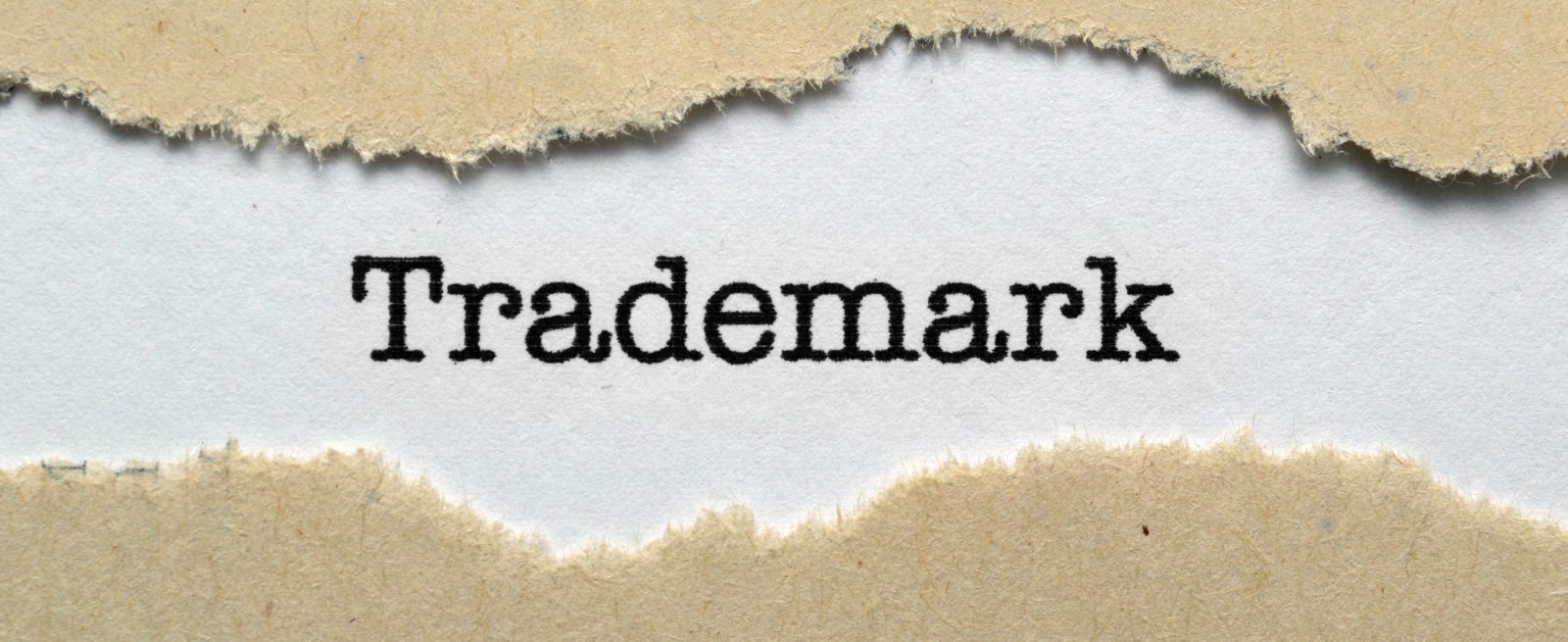Avoiding Costly Trademark Missteps
3 Min Read By Michael Daigle
Reports of a recent $700,000 settlement of a trademark dispute between two kati roll restaurant owners serve as a great reminder of the importance of clearing trademarks prior to use. Whether creating trademarks to identify a new restaurant or to identify specific products or services developed during the restaurant’s life cycle, a small expense at the front of the process can avoid huge expense and diversion of focus later.
The Nature of the Problem
In most countries, trademark ownership is created by being the first to file an application to register it. In the U.S., however, the owner of a trademark is the first to use it in commerce. While registration enhances the protections for trademark owners, a trademark user may create superior rights to the mark and prevent others from using it without ever filing an application to register it.
What You Should Do
With more than a million restaurants and countless other businesses operating in the U.S., it’s become increasingly difficult for new restaurant concepts to find a name and logo that will be entirely clear and risk-free. However, three steps early in the process will go a long way toward minimizing the risks and protecting value.
Be Creative: A trademark should be capable of registration and legally protectable against other users. It may not look or sound like another mark or confuse consumers about the source of the goods or services they purchase. Trademarks should not be merely descriptive or generic. For example, words like “hot food restaurant” will be neither registerable nor protectable because “hot food” is descriptive and “restaurant” is generic. Instead, marks should be suggestive (words, like “smash burger,” that suggest a quality of the goods or services) or, better yet, fanciful (an invented word, like “Xerox”) or arbitrary (existing words, like “Red Robin,” that are not already associated with the goods or services). Fanciful and arbitrary marks are the strongest marks – they are generally registerable and provide the greatest protection against infringing uses – but, by definition, their creation requires, well, creativity.
Research the Mark’s Availability: Since trademark rights in the US are created by use, researching the mark’s availability is critical before investing in it. Start by searching the US Patent and Trademark Office’s Trademark Electronic Search System (TESS), found at www.uspto.gov, to spot existing federal registrations that might conflict with or prevent use or registration. But because trademark owners are not required to register their marks, the search must go further. Internet searches are an invaluable free tool, and for under $1,000, third-party search firms can do the research and compile the results for you. In either event, an assessment of the search results by a trademark lawyer or other knowledgeable advisor will be critical to the decision-making process.
Register the Mark: While not required, federal trademark registration provides enhanced protection. It creates a legal presumption of nationwide ownership, provides notice to others of ownership, can prevent registration of other identical or confusingly similar marks, and provides a basis to seek injunctive relief against and treble damages from infringers. Applications for federal registration through the U.S. Patent and Trademark Office should be submitted as soon as the final mark has been selected. As noted, trademark rights are created by use, but applications for federal registration can be filed based on the owner’s intent to use if use has not yet actually occurred. Registration applications can be submitted online at www.uspto.gov, and while legal counsel is not required to submit the application, consulting with someone knowledgeable in trademark law can be invaluable in ensuring a smooth registration process and in securing the best possible protection given your use or intended use.
What Then
Once the mark has been adopted and ownership has been claimed, the owner must take steps to prevent dilution of the mark’s value and strength. Adopt strict requirements around how and where the mark appears, allow third parties to use only through written license agreements, monitor unauthorized use by others (at a minimum, create alerts through internet search engines), and take action to stop infringers including by sending cease and desist letters and, if necessary, seeking injunctive relief.
Trademarks are critical to establish the restaurant’s identity and to identify its goods and services, and taking steps on the front-end are well worth the investment and are an important part of the process. If properly adopted and protected, trademarks often become the most valuable of the restaurant owner’s assets. But if not properly protected, their value can be entirely wiped out and, if adopted without proper due diligence, they can materially impact the restaurant’s financial viability.


